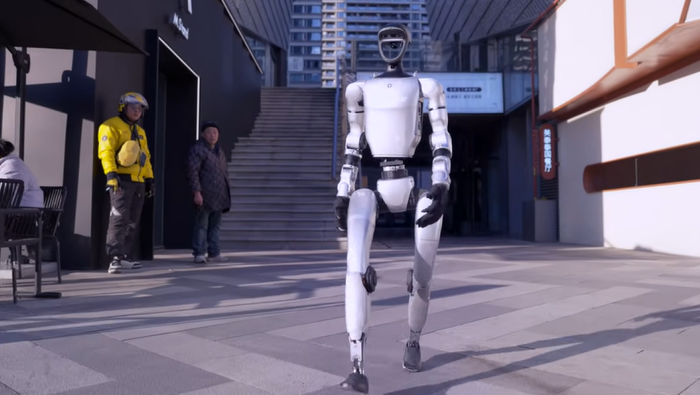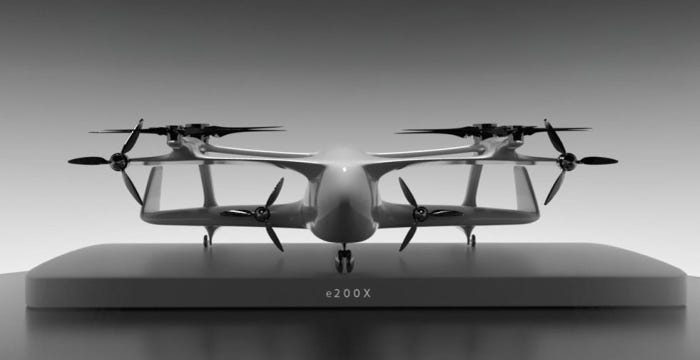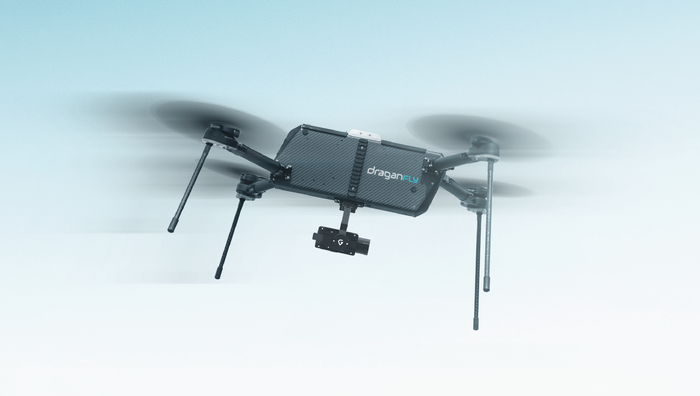AI Hype: Time to Move Beyond Magical ThinkingAI Hype: Time to Move Beyond Magical Thinking
One factor that continues to hold back artificial intelligence is the haze of AI hype surrounding it.
December 18, 2019

The infamous occultist Aleister Crowley once defined magick as “the science and art of causing change to occur in conformity with will.” Crowley advocated adding an extra letter to the end to differentiate ritual “magick” from card tricks, optical illusions and other types of parlor magic. But the concept of magick is so broad it includes any mundane action. Commuting to work is thus “magickal,” as is getting a cup of coffee. “Every intentional act is a Magickal Act,” Crowley concluded. Because that concept is so all-encompassing, the occultist Donald Michael Kraig narrowed the scope of the definition to describe acts of will that cause change “using means not currently understood by traditional Western science.”
These days, the term “artificial intelligence” often sounds an awful lot like magick. Both AI and magick often represent a collision between the esoteric and the scientific. And on the one hand, “AI” is often a marketing catch-all term for an array of products using information technology or cloud computing-based processing. On the other hand, black-box machine-learning systems make unexplainable decisions. Though grounded in math and logical algorithms, the decisions they make can be challenging to interpret. According to a metaphor to describe the situation, data goes into a black box and decisions come out. (It’s worth pointing out that researchers are working to overcome the machine learning’s so-called interpretability problem.)
Andrew Howard, chief executive officer of Kudelski Security, believes the level of hype surrounding artificial intelligence is excessive. “When most vendors say ‘artificial intelligence,’ you could really do a search and replace with ‘software.’” Howard personally subscribes to a classical definition of artificial intelligence, which describes machines making independent decisions based on mathematical models. An artificially intelligent machine can thus mimic “intelligent behavior based on stored representations of the world,” as the article Cybernetics and the Design of the User Experience of AI Systems explained. The modern concept of AI has much in common with the field of cybernetics’ focus on feedback loops for regulating systems.
[IoT World is North America’s largest IoT event where strategists, technologists and implementers connect, putting IoT, AI, 5G and edge into action across industry verticals. Book your ticket now.]
In terms of the Internet of Things, the term “smart,” which is a descriptor of everything IoT-enabled, ranging from cities to speakers, is evolving. Not long ago, the word “smart” tended to describe devices with connectivity and a modicum of information technology built-in. Given the surge in interest in artificial intelligence, a growing number of products feature the capability of doing sophisticated analytics, machine learning or neural network processing locally. Computing horsepower is, increasingly, coming to the edge — which is the real-world environment in which the data is generated.
Mark Tekippe, director of product management at Digi International, is optimistic about the potential of AI-inspired products. “While ML and AI have mostly been buzzwords until now, these technologies promise to deliver massive innovation in the coming years,” Tekippe said. “As early adopters demonstrate the power of these technologies, more product manufacturers will seek to future-proof their new product designs to support machine learning capabilities.”
Sumair Dutta, director of digital transformation at ServiceMax, expressed a similar sentiment, explaining he sees a growing number of solid AI use cases for organizations that have managed to wrangle the volume, velocity and variety of their data. “I’ve seen good use cases for [AI], especially on the customer service side,” Dutta said. The technology has the ability to offload basic customer service functions from human customer service agents, enabling human customer service agents to focus on more challenging queries. “We see some of that,” Dutta said. Algorithms can help service organizations more accurately identify the problems their customers are facing and perform assistance with triaging and diagnosis. Another promising area is parts recognition. “If we can make sure we identify the right part, instead of sending [several] parts for a particular repair, we can send just one,” Dutta said. “When you do that, you significantly impact your supply chain costs, which provides an immediate value for a lot of organizations.”
Verizon Connect’s Kevin Aries, head of global product success, sees artificial intelligence taking off in fleet. “Already AI and machine learning are being leveraged in the fleet industry,” Aries said in an email statement. “Adoption of these advanced technologies will continue to grow as businesses and fleets seek to improve productivity and safety.”
Interest in AI is especially strong in the financial services sector, according to the Artificial Intelligence Index Report 2019. The report notes that a growing number of corporations, governments and central banks have begun deploying AI projects in the past few years. Gartner’s CIO Agenda survey reached a similar conclusion, finding the volume of organizations that have deployed AI expanded from 4% to 14% from 2018 to 2019,
Speaking of Gartner, their latest hype cycle indicates that many AI-related technologies are ascending to what it calls its “peak of inflated expectations.”
The current interest in artificial intelligence represents a bubble, concluded Philipp Gerbert and Michael Spira of the Boston Consulting Group in MIT Sloan Management Review. And that bubble could burst, they acknowledge, but likely without the depth of ill effects of, say, a housing bubble, Gerbert and Spira wrote. Even if organizations pursuing aggressive AI goals only achieve a fraction of what they intend, their actions are likely to catalyze economic growth anyway.
Pointing to the often slippery semantics surrounding artificial intelligence, Dutta said: “You could ask: ‘Is that really AI? Or is that better algorithms or crunching data?’ I am not 100% certain, but I think there are particular use cases where AI is being applied now or at least the general idea of AI,” he added. “And that companies are beginning to see some value, but it’s still kind of early stages. The big ‘AI’ term does get overused and abused.”
Even though the hype that continues to surround artificial intelligence obscures its potential, it is true that AI still has something in common with magick. The point of either is to cause change to occur in the real world based on a defined intent. And in theory, the aim is to create that action in the most-efficient possible manner than would otherwise have been possible.
Of course, the limits of possibility are, in certain circumstances, also in flux. As British science fiction author and AI optimist, Arthur C. Clarke concluded: “The only way to discover the limits of the possible is to go beyond them into the impossible. The limits of the possible can only be defined by going beyond them into the impossible.” Clarke famously added: “Any sufficiently advanced technology is indistinguishable from magic.”
About the Author
You May Also Like






